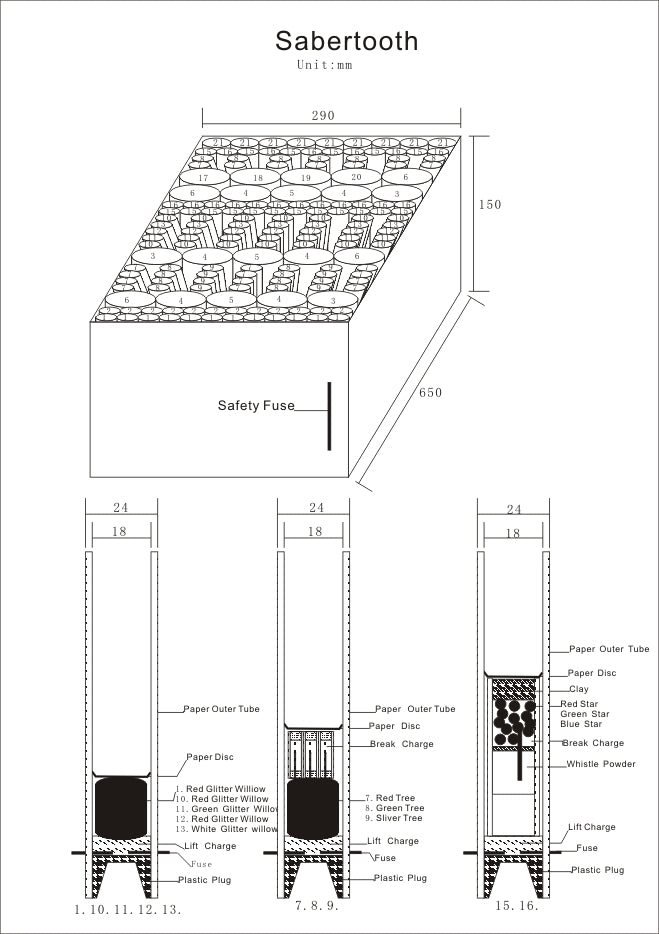
Machines of War - Catherine Wheel of Doom
A ten foot tall rocket-propelled Catherine wheel designed by the British Military during World War II in preparation for the D-Day landings, “The Panjandrum” or more formally “The Great Panjandrum” was one of the more experimental machines of war to be built by the Directorate of Miscellaneous Weapons Development (DMWD).
I know you are now thinking “that’s a made up name for a made up invention by a made up military department.” But it’s true. Some things are just too bizarre to be made up.
Invented by the ingenious Sub Lieutenant Nevil Shute, The Panjandrum was basic in design, two enormous wooden wheels, ten feet in diameter with steel treads a foot wide and joined by a central drum fitted with the explosive payload. Simple. Rockets would be attached all around each wheel and when lit. The 1800 kg “bomb on wheels” would reach speeds up to 97km/h. This speed coupled with the massive weight of the device would allow it to power through any obstacle that stood in its path.
The idea was that the Panjandrum could be used to smash through the Germans coastal defences on the Atlantic Wall. The plan was to use landing craft to get as close as possible before some brave soldier lit the fuse and watched the mammoth Catherine wheel roll towards the German wall with over a tonne of explosives on board. Hopefully this would breach the wall and the allied soldiers could do the rest.
The interesting name "Great Panjandrum" was chosen by Shute as a reference to Samuel Foote's poem of the same name, in particular the closing line "till the gunpowder ran out at the heels of their boots".
The day of the test was described in detail by Brian Johnson, for the BBC documentary Secret War:
"At first all went well. Panjandrum rolled into the sea and began to head for the shore, the Brass Hats watching through binoculars from the top of a pebble ridge [...] Then a clamp gave: first one, then two more rockets broke free: Panjandrum began to lurch ominously. It hit a line of small craters in the sand and began to turn to starboard, careering towards Klemantaski, who, viewing events through a telescopic lens, misjudged the distance and continued filming. Hearing the approaching roar he looked up from his viewfinder to see Panjandrum, shedding live rockets in all directions, heading straight for him. As he ran for his life, he glimpsed the assembled admirals and generals diving for cover behind the pebble ridge into barbed-wire entanglements. Panjandrum was now heading back to the sea but crashed on to the sand where it disintegrated in violent explosions, rockets tearing across the beach at great speed."
This was one of the more successful tests that the Panjandrum was put through. Needless to say this “fiery wheel of random doom” was never used in combat. It just could not be guaranteed whose side would be hurt the most. It seems on the surface that this was just a really terrible – and amusing – idea that didn’t quite take off. There may, however, be more to this than meets the eye.
It has been suggested by some that whole thing was staged by the British Army as part of Operation Fortitude – A top-secret government project whose duty was misinformation, supplying the Germans with false intelligence. The ruse was to make the Nazi’s believe that the attack would come at the heavily fortified defences around the Pas-de-Calais instead of the real target, the beaches of Normandy. In particular, the total lack of security surrounding the tests themselves is cited as proof that the Allies wished German spies to know about the project.
Whether a genuine invention, or a crazy plan to throw the Germans off course, The Great Panjandrum is undoubtedly one of the biggest and funniest Catherine wheels ever made.
